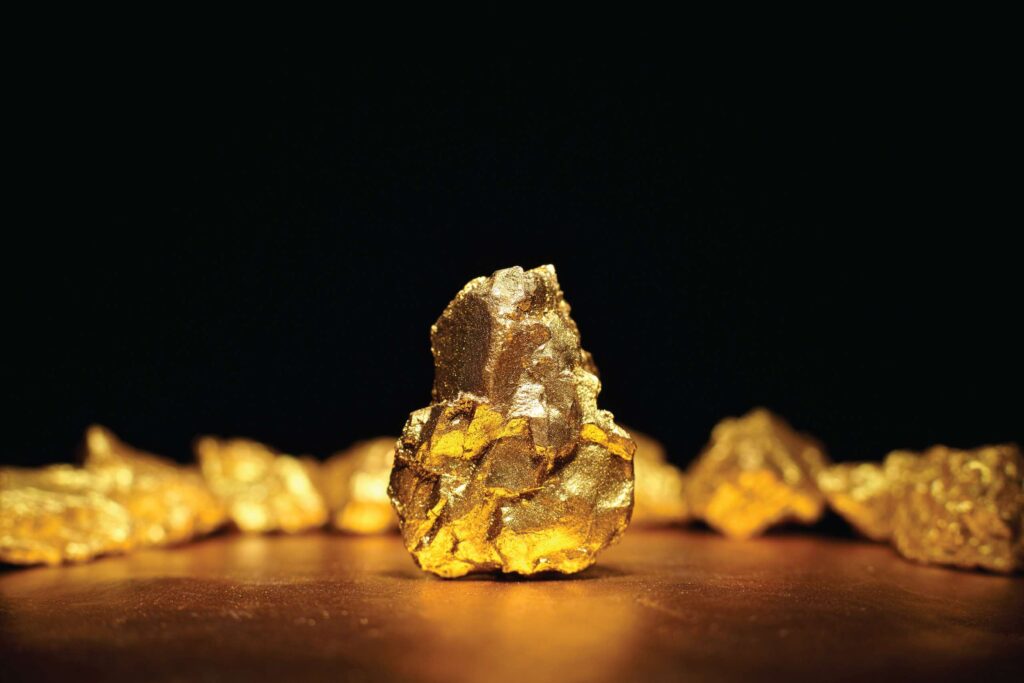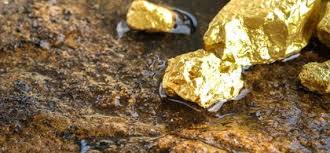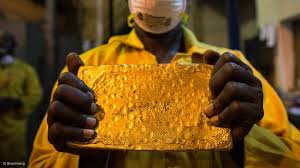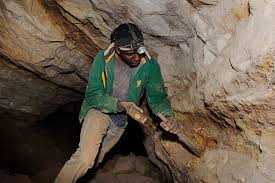Precious Metals

Historic emerald mine returns to life
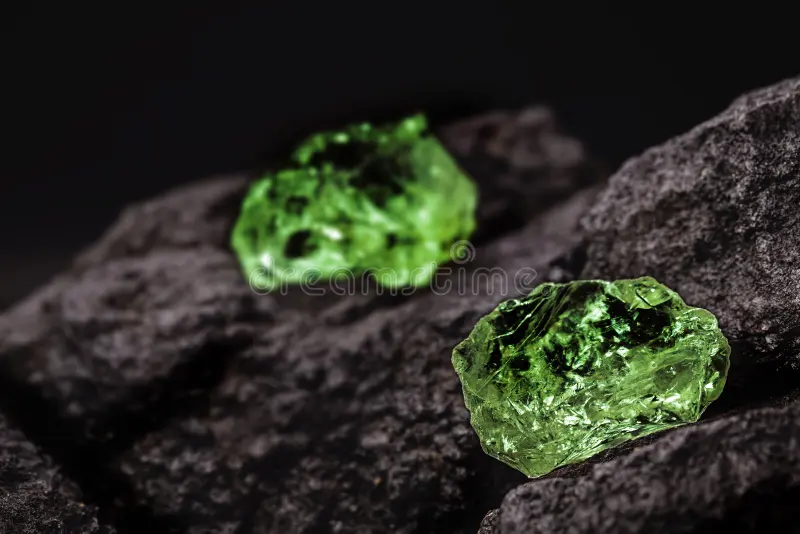
The mine is located near the town of Gravelotte in Limpopo Province, approximately 50 km west of Phalaborwa and close to the well-known Consolidated Murchison antimony/gold mine. The emeralds are primarily found in biotite schist, which is part of the Gravelotte formation.
The two main deposits are Cobra and Discovery and these have historically been the main source of the Gravelotte emeralds.
Activity at the mine peaked in the 1960s, when it reportedly employed over 400 sorters. According to the historical records, total emerald production from the mine (and the surrounding area) has totalled nearly 113 million carats (Mct). In 1966, a production high of 21 Mct was recorded.
The two men behind GEM Resources (LSE: GEMR) are Olivier and Ed Nealon, who is Non-Executive Chairman. Both are geologists and both were associated in the past with the Tanzanite One mine in Tanzania. Olivier was CEO and during his tenure the company ranked as the world’s largest producer of tanzanite and was returned to profitability. Nealon was co-founder of Tanzanite One but is probably best known as being the founder of Aquarius Platinum and cofounder of Sylvania Platinum.
Olivier says that both he and Nealon had taken an interest in the Gravelotte mine over the years but it was only in 2022 that they finally acquired the asset. “At that point, it was in the hands of an Australian company Magnum Mining, who we knew well,” he recalls.
“Magnum was keen to relinquish the project – which it had held since 2015 – as it was re-focusing on iron ore in the United States. The result was that we were able to purchase the mine on extremely favourable terms. We signed a conditional acquisition agreement in 2022 and the deal was completed in early 2023.”
Although it never completed a JORC compliant resource, Magnum carried out significant exploration and trial mining and processing work to progress Gravelotte towards production. Among other things, extensive testing was undertaken to determine the crushing and washing characteristics of the Gravelotte rock and this successfully determined the optimum crush size to minimize damage to the emeralds.
Magnum also refurbished and upgraded some of the extensive infrastructure at the mine including offices, workshops and accommodation facilities.
GEM has wasted no time in getting to grips with Gravelotte and indeed was busy on site throughout most of 2022, even prior to the completion of the acquisition. One of its priorities was to get a maiden JORC (2012)-compliant resource in place and this was completed by ACA Howe in late 2022, based on recent drilling and historical mining data.
Says Olivier: “The resource is substantially larger than we expected. In the Cobra deposit we have 1.2 Mt of emerald-bearing schist at a grade of 6.4 g/t and the equivalent figures for the Discovery deposit are 0.7 Mt at 5.7 g/t, giving us 29 Mct of contained emeralds.
All the resources at this stage are in the inferred category. A key point is that we 12 additional JORC (2012) Exploration Targets totalling between 168 Mct and 344 Mct.” Based on the maiden resource (and a small portion of the Exploration Targets), GEM was able to announce in July this year the results of an independent desk-based review of the Discounted Cash flow (DCF) model for Gravelotte. The review was conducted by ACA Howe and involved an assessment of the mining and processing estimates used in the DCF prepared internally by GEM Resources.
A highly attractive project
The review is highly positive and indicates that the project has an NPV before tax at a 10% discount rate of US$22.39 million and an IRR of 76%, with profitability being achieved from the second year of operations (which is 2025). It estimates the Life of Mine (LOM) at 17 years. It envisages that production will ramp up from an initial level of 30 kilotonnes per annum (ktpa) to 90 ktpa over six years. The average total operating cost per tonne of ore is put at US$54.70/t.
“The review confirms that this is a very attractive project which will deliver significant value to our shareholders,” Olivier comments. “Set alongside the big Zambian emerald mining operations such as Kagem and Grizzly Mining, it is very small but it has never been our goal to establish a large-scale mine.
We have always aimed at a smaller, low-capex start-up operation that would be easy to fund and are totally comfortable with the level of production projected in the review. Having said this, there is scope for considerable expansion – and life extension – based on the Exploration Targets and the significant exploration we are planning over the next several years.”
A conservative average of US$5 per carat was used in the DCF model but high-quality emeralds can fetch prices that exceed US$250 per carat. In conjunction with Bonas Group, its sales partner, GEM will be having its first small trial auction later this year and this will give the company a better understanding of the average price per carat it is likely to achieve going forward.
Olivier says the Gravelotte emeralds are well thought of by the market. “Generally speaking, the stones are somewhat smaller than the product from the Zambian mines but they have a top-class colour. They are comparable with the emeralds that used to be produced by the Sandawana mine in Zimbabwe, which also exhibit the beautiful deep green colours that distinguish our stones.”
Gravelotte re-entered production in April this year, on budget and within schedule, an impressive achievement given the relatively short time that GEM has been involved with the project. Currently the plant is running at a daily throughput of 60 to 70 tonnes but Olivier says this will progressively increase over the next few months to as much as 90 tonnes a day.
The average emerald grade thus far has been over 30 carats per tonne, which exceeds the average JORC resource grade estimate, and the recovery rate is running at over 80%. Early production has included a 50-carat emerald. The mining operation at Gravelotte is simplicity itself and requires only the use of an excavator and a few 20-tonne capacity articulated dump trucks. The contractors are from the local community and come on site as and when needed to build up the stockpile that feeds the plant.
At this stage, no blasting is required. The processing plant comprises two crushers (one a Hadfield jaw crusher), vibrating screens, a trommel and an optical sorter. The sorter, which is at the heart of the recovery process, is a custommade machine from Chinese company Angelon and can handle a throughput of up to 20 tonnes per hour, depending on the size fraction. Its use eliminates the need for hand sorting, not only reducing the labor requirement but also greatly enhancing security. It was shipped from China in two 40-foot containers and arrived on site in January this year.
“We looked at sourcing the sorter from German manufacturers but the Angelon machine was significantly cheaper with a manufacturing lead time that was unbeatable,” says Olivier. “The optical sorter test work conducted at Angelon was highly successful and achieved similar results and recovery rates to those previously achieved from test work in Germany. Prior to purchasing the Angelon unit, we visited the company’s factory in China and were very impressed by what we saw.”
He adds that Angelon provided a technical team who came to site to assist with the final assembly and commissioning of the sorter. The company also offers 24- hour online support to its customers.
GEM has been able to incorporate some of the equipment that Magnum used for bulk sampling into the plant, in some cases reconfigured and upgraded. One example is that Magnum’s primary crusher is now serving as GEM’s secondary crusher.
Expansion plans
While GEM did inherit considerable infrastructure from Magnum and previous owners of Gravelotte, it has had to significantly upgrade and refurbish the infrastructure, including the water supply and water storage capacity, as well as the electrical system. The main haulage roads between the two main pits and the processing plant have also been rehabilitated and upgraded while management accommodation has been refurbished.
In terms of staffing and labor, the mine’s requirements are very modest. “In all, we have about 20 people on site,” states Olivier. “Our GM is Wessel Marais, who had the same position at Tanzanite One, where he managed over 1 000 employees.”
According to Olivier, GEM’s capital expenditure thus far has been approximately US$1 million, a remarkably small amount to get a mine into production. “Many mining projects will spend much more than this just on the study phase,” he notes. “We’re very proud of what we’ve accomplished on a very small budget.”
Interestingly, GEM is not remaining a single-asset producer and has recently announced the acquisition of a controlling interest in the Curlew emerald mine in the Pilbara region of Western Australia. The mine is currently an active small-scale open-pit emerald producer of especially large emeralds. A 10-carat stone from 2023 production is currently on the wholesale market for US$80 000 and historic production has included a 600-carat mega crystal and a 5 700-carat medium quality emerald.
“Curlew was an opportunity that emerged from Ed Nealon’s connection with the family which owned the mine,” comments Olivier. “It’s a great project which provides the perfect complement to Gravelotte. Moreover, we believe that operations can be easily scaled up. Along with Gravelotte, it confirms our status as a fast-emerging player in the global gemstone market.”




